Biology Reference
In-Depth Information
model through application of this constraint. Second, closed loops in
a state model such as that of figure 9.3 must satisfy the principle of
microscopic reversibility. Microscopic reversibility is derived from
the law of conservation of energy and states that the product of rate
constants when traversing a loop clockwise must be equal to the prod-
uct when traversing the same loop counterclockwise. Application of
this constraint further limits the number of free parameters (transition
rates) that must be determined.
Modeling Intracellular Ion Concentration Changes
In the common pool model formulation, there are four distinct
Ca
2+
compartments (the cytosol, subspace, NSR, and JSR compart-
ments) and one Na
+
and potassium (K
+
) compartment (the cytosol).
Concentration is assumed to be uniform within each of these compart-
ments. The time rate of change of concentration
C
i
of the
i
th ionic
species in a given compartment is given by
dC t
dt
()
It
zFV
()
(5)
i
i
=
i
where
C
i
(
t
) is concentration (typically mM) of species
i
,
t
is time
(typically ms),
I
i
(
t
) is net current into the compartment carried by
species
i
(typically in pA),
z
i
is valence of the
i
th species,
F
is Faraday's
constant, and
V
is compartment volume (typically in units of pl). One
such equation may be defined for the concentration of each ionic
species in each model compartment. Ion flux between compartments,
related to the term
I
i
(
t
) in eq. (5), is produced by: (a) diffusion due to
differences in ion species concentration between adjacent compart-
ments (for example, flux produced by Ca
2+
diffusion from the subspace
to the cytosol); (b) gating of ion channels in the sarcolemmal or
JSR membrane (for example, Ca
2+
flux from the extracellular space
into the subspace through sarcolemmal LCCs); or (c) the action of
membrane transporters and exchangers (for example, Ca
2+
flux from
the cytosol into the NSR through the SR Ca
2+
-ATPase). The form of
the algebraic equations describing function of membrane transporters
and exchangers, including their concentration-, voltage-, and in some
instances ATP-dependence, may be found in the published equations
for a number of myocyte models. In addition, buffering of Ca
2+
by
negatively charged phospholipid head groups in the sarcolemmal and
JSR subspace membrane, by cytosolic calmodulin and myofilaments
(troponin) and calsequestrin in the JSR, is modeled.
Composite Equations for Common Pool Models
The equations defining the common pool model of the cardiac myocyte
specify an initial value problem composed of an initial condition and a

Search WWH ::

Custom Search